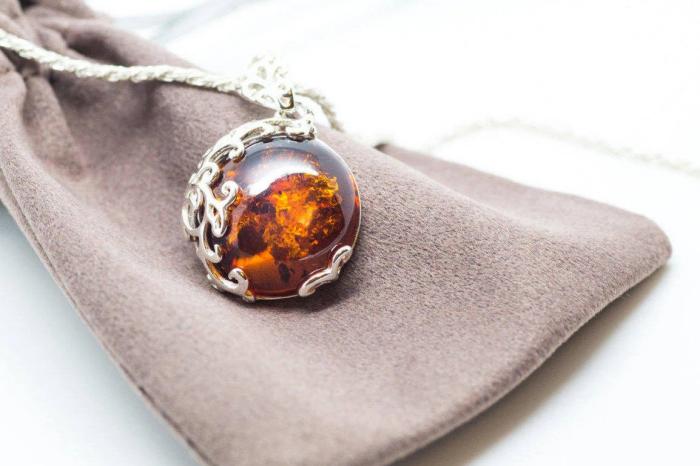Amber necklaces have gained popularity among parents, particularly for teething infants. Many believe that these necklaces can help soothe discomfort associated with teething. However, a common concern arises: are amber necklaces safe for babies to wear while sleeping? This article will explore this question in detail, considering safety, benefits, and alternatives.
Understanding Amber Necklaces
Amber necklaces are made from amber, a fossilized tree resin. They are often worn around a baby’s neck. The belief is that the succinic acid found in amber can be absorbed through the skin. This may help reduce pain and inflammation during teething. While some parents swear by these necklaces, it is essential to examine their safety, especially during sleep.
Benefits of Amber Necklaces
Parents who use amber necklaces often cite several benefits. Understanding these can help clarify why many choose to use them.
Natural Pain Relief
Many parents believe that amber necklaces offer natural pain relief for teething babies. The idea is that when worn against the skin, amber releases succinic acid, which is thought to have anti-inflammatory properties. Parents often report that their babies seem calmer and experience less pain when wearing these necklaces.
Comfort and Soothing
In addition to pain relief, amber necklaces may provide comfort. The gentle weight of the necklace can have a calming effect on some infants. This can be particularly useful during difficult teething phases when babies are fussy and irritable.
Safety Concerns Regarding Sleep
Despite the potential benefits, several safety concerns arise when it comes to wearing amber necklaces during sleep. Parents should be aware of these issues.
Choking Hazard
One of the primary concerns with amber necklaces is the risk of choking. If the necklace breaks or if a bead comes loose, it could pose a choking hazard. Babies are naturally curious and may pull at the necklace or try to chew on it. This can lead to dangerous situations if they manage to break it while sleeping.
Strangulation Risk
Another significant concern is the risk of strangulation. If a baby rolls over or moves around while sleeping, the necklace could become tangled in the crib or bedding. This poses a serious risk, especially if the baby is unable to free themselves. Experts recommend removing any jewelry before sleep to minimize such risks.
Skin Irritation
While amber itself is generally safe, the necklace can cause skin irritation. Some babies may have sensitive skin that reacts to prolonged contact with the necklace. Parents should monitor their baby’s skin for any signs of redness, rash, or irritation.
Expert Recommendations
Given the potential risks, many pediatricians and child safety experts advise against allowing infants to wear amber necklaces while sleeping. Here are some key recommendations:
Remove Before Sleep
Most experts agree that any jewelry, including amber necklaces, should be removed before putting a baby to sleep. This is the best way to ensure that the baby is safe from choking, strangulation, and skin irritation.
Supervised Use
If parents choose to use amber necklaces, it is advisable to supervise their use. This means only allowing babies to wear the necklace while awake and being watched. Parents can put the necklace on during the day for its potential benefits and remove it at nap or bedtime.
Consult with a Pediatrician
If parents have questions or concerns about using amber necklaces, it’s a good idea to consult with a pediatrician. They can provide personalized advice based on the baby’s specific needs and health conditions.
Alternatives to Amber Necklaces
If parents are concerned about the safety of amber necklaces, there are several alternatives for soothing teething discomfort.
Teething Toys
Teething toys are designed specifically for babies to chew on. They are usually made from safe, non-toxic materials. Many teething toys are designed to be chilled in the refrigerator, providing a soothing effect on sore gums. They are also safe to use during sleep, as they do not pose the same risks as necklaces.
Gum Massagers
Gum massagers are another option. These are soft, flexible tools that can help soothe sore gums. Parents can gently massage the baby’s gums with these tools to provide relief. Like teething toys, they are safe for use during sleep as well.
Cold Compresses
Cold compresses can also help relieve teething pain. Parents can use a clean, damp washcloth and chill it in the refrigerator. Babies can chew on the cool cloth to soothe their gums. This method is safe and can be used at any time.
Natural Remedies
Some parents prefer natural remedies to help with teething discomfort. Chamomile tea or herbal gels designed for babies can provide relief. However, it is essential to consult with a pediatrician before trying any new remedies.
Signs Your Baby Might Need Relief
It’s essential for parents to recognize when their baby is experiencing teething discomfort. Here are some common signs:
Increased drooling
Irritability or fussiness
Difficulty sleeping
Chewing on objects or fingers
Swollen or sensitive gums
If parents notice these signs, it may be time to provide some relief. Choosing safe options, like teething toys or cold compresses, can help soothe their baby effectively.
See also: Are SlumberPods Safe
Conclusion
While amber necklaces may offer some benefits for teething infants, safety concerns are significant. The risks of choking, strangulation, and skin irritation make it crucial for parents to be cautious. Most experts recommend removing amber necklaces during sleep and supervising their use when the baby is awake.
Parents seeking alternatives to soothe teething discomfort have several options, including teething toys, gum massagers, and cold compresses. These methods can provide relief without the associated risks of amber necklaces.
Ultimately, the safety and well-being of the baby should always be the top priority. Parents should feel empowered to make informed choices about what is best for their child. Consulting with pediatricians can help clarify any concerns and ensure that the baby remains safe and comfortable during teething.
Related topics:


